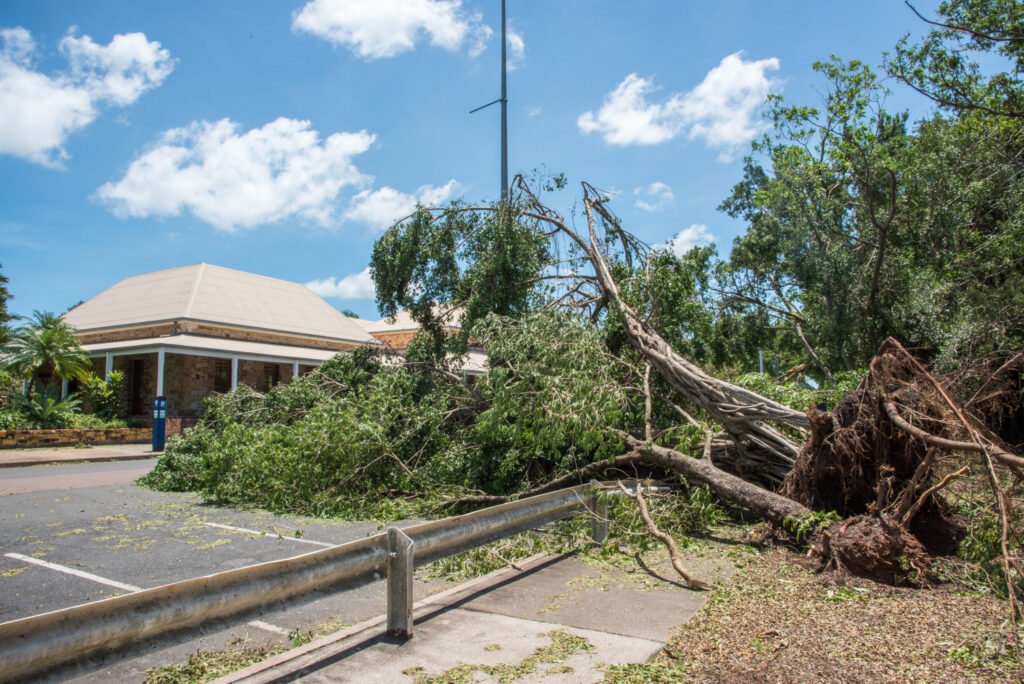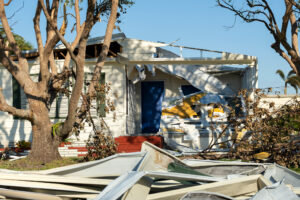Best Practices for Hurricane Damage Cleanup in Your Home
Hurricanes are powerful forces of nature that can leave a path of destruction in their wake. While early warnings and evacuations save lives, the aftermath often presents a daunting reality for homeowners. From water damage to structural issues and debris, cleaning up after a hurricane requires careful planning and a strategic approach. Following best practices ensures that the cleanup process is not only effective but also safe for everyone involved.

Ensure Safety Before Starting
The first and most crucial step in hurricane damage cleanup is ensuring your safety. Before returning to your home, wait for official announcements confirming that it’s safe to re-enter the area. Downed power lines, contaminated floodwaters, and unstable structures are just a few hazards that can be present. Once you arrive at your property, assess the exterior for visible structural damage such as cracked walls, sagging roofs, or leaning trees. If anything appears unsafe, do not enter the house until it has been evaluated by a professional.
Wearing proper protective gear is essential during cleanup. Heavy-duty gloves, rubber boots, masks, and goggles can protect against mold, sharp objects, and contaminated water. It’s also important to have a first aid kit on hand, as injuries are common in post-storm environments.
Document the Damage Thoroughly
Before starting any form of cleanup or repair, it is important to document the extent of the damage. Take clear photos and videos of all affected areas, including structural damage, furniture, personal belongings, and appliances. This documentation is crucial for insurance claims. Be detailed and organized, noting the date and time, as this can speed up the claim process. Some insurance companies may also require you to submit a written description of the damage. Keeping a record of conversations with adjusters and contractors can also prove helpful down the line.
Remove Water and Begin Drying
Floodwaters can cause immense damage in a short span of time. Removing standing water is a top priority, as moisture creates the perfect breeding ground for mold and bacteria. Start by using buckets or pumps to clear out large pools of water. Wet/dry vacuums can be effective for smaller or hard-to-reach areas. Once the bulk of the water is removed, use fans, dehumidifiers, and open windows (if weather permits) to ventilate and dry the home thoroughly. Mold can begin to grow within 24 to 48 hours of water exposure, so prompt action is vital.
Dispose of Debris and Damaged Items
After a hurricane, many household items may be beyond repair. Water-damaged furniture, mattresses, carpeting, and insulation often need to be discarded. It’s important to follow local guidelines for waste disposal, as certain materials may need to be sorted or handled as hazardous waste. Take care when handling items contaminated with floodwater, as they may carry bacteria or chemicals. Remove drywall and flooring that have absorbed water to prevent long-term damage and mold growth. Any salvageable items should be cleaned and disinfected before use.
Clean and Disinfect Thoroughly
Cleaning your home after a hurricane is more than just removing dirt; it’s about restoring a safe and healthy living space. Surfaces that came into contact with floodwater must be disinfected using a bleach solution or commercial disinfectant. Pay close attention to kitchens, bathrooms, and areas used by children or pets. Use hot water and soap for dishes and utensils, and consider replacing items that cannot be fully sanitized. HVAC systems and ductwork should also be professionally inspected and cleaned if they were exposed to moisture or debris.
Check Electrical and Plumbing Systems
 Electrical systems are particularly vulnerable during hurricanes due to flooding and power surges. Never turn on the power until a licensed electrician has inspected the system. Damaged wiring, outlets, and breaker boxes can pose serious fire hazards. Similarly, plumbing systems may be compromised, leading to leaks or sewage backups. A professional inspection ensures that the home’s utilities are safe to use and helps prevent further damage.
Electrical systems are particularly vulnerable during hurricanes due to flooding and power surges. Never turn on the power until a licensed electrician has inspected the system. Damaged wiring, outlets, and breaker boxes can pose serious fire hazards. Similarly, plumbing systems may be compromised, leading to leaks or sewage backups. A professional inspection ensures that the home’s utilities are safe to use and helps prevent further damage.
Seek Professional Help When Needed
While many homeowners are eager to begin the cleanup themselves, there are situations where professional help is necessary. Restoration companies are trained to handle severe water damage, mold remediation, and structural repairs. Their equipment and expertise can speed up the recovery process and reduce long-term risks. It’s also advisable to consult with insurance representatives before making major repairs, as some expenses may not be reimbursed if not pre-approved.
Take Care of Your Emotional Well-being
The process of cleaning up after a hurricane can be physically and emotionally draining. It’s common to feel overwhelmed, frustrated, or even helpless. Take breaks when needed, stay hydrated, and lean on family, friends, or community resources for support. Recovery is a process, and acknowledging the emotional impact is an important part of moving forward.
